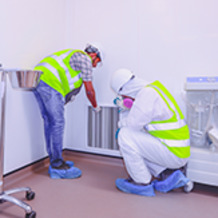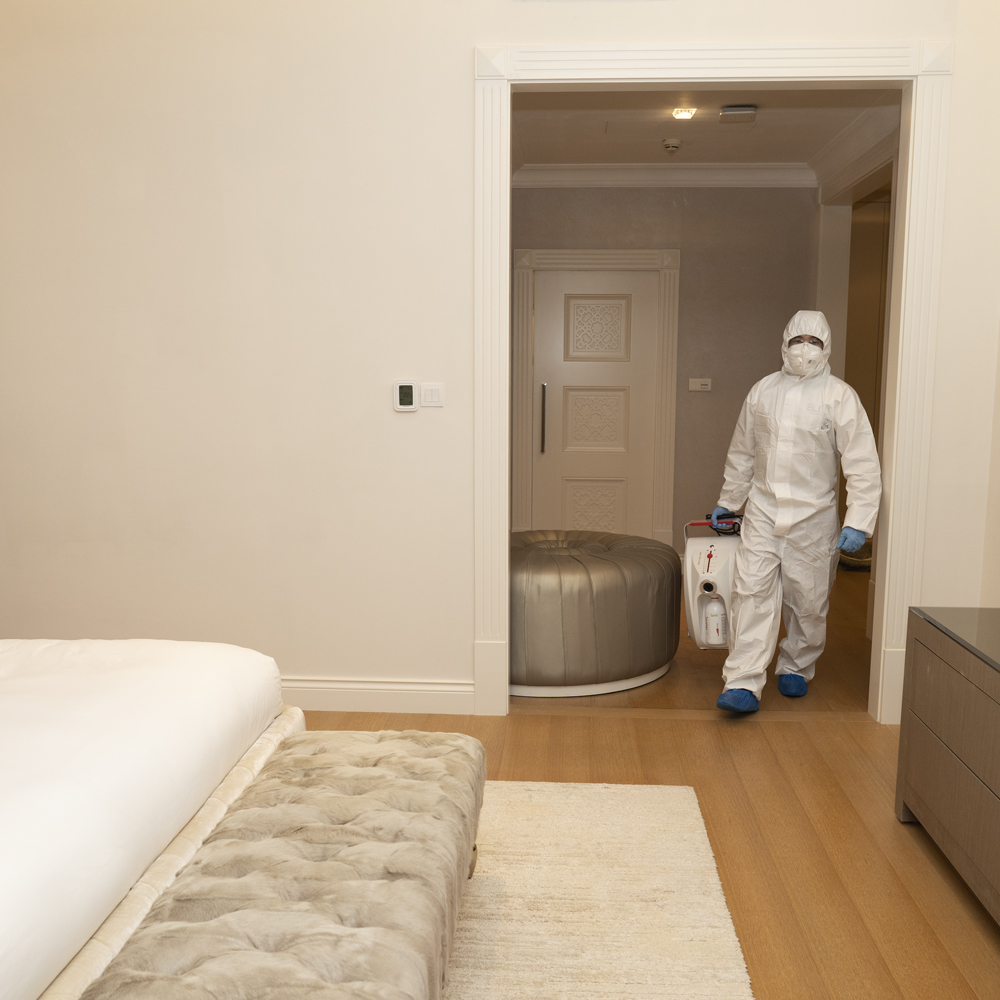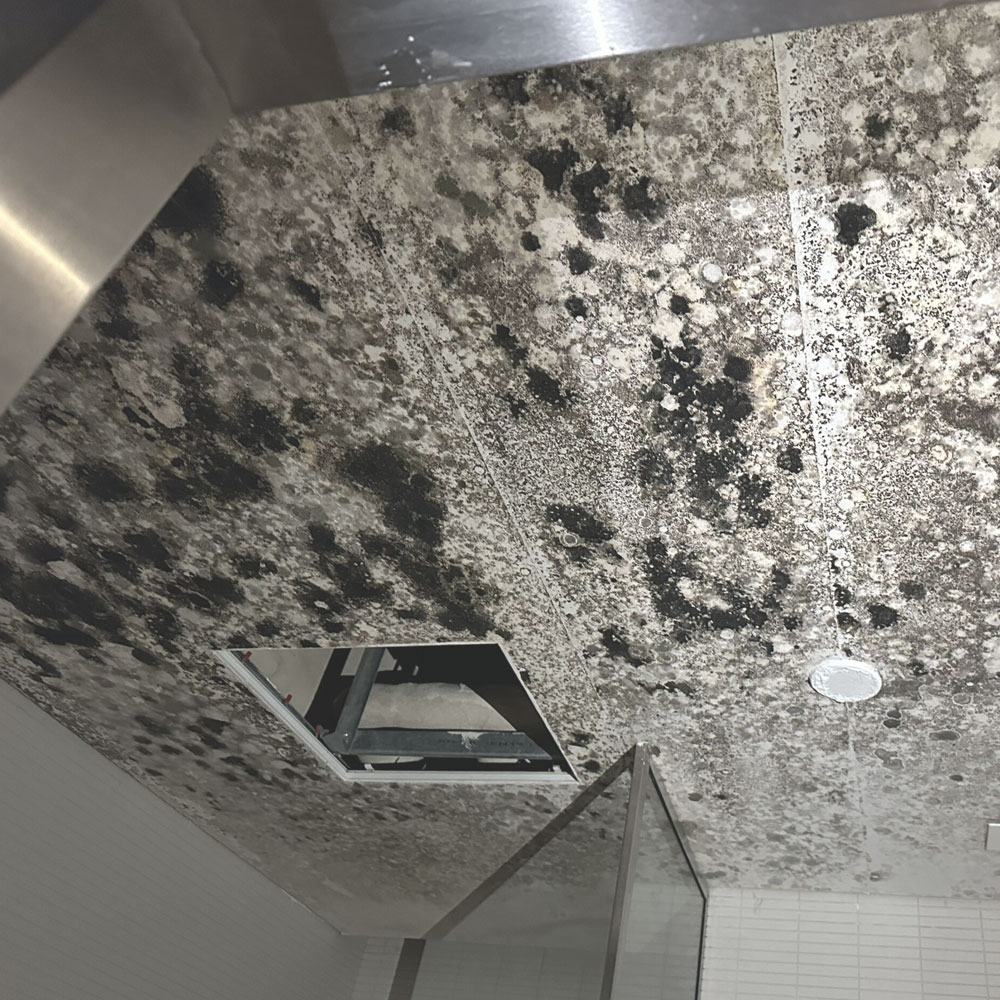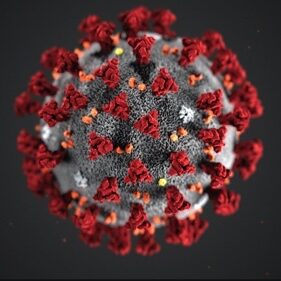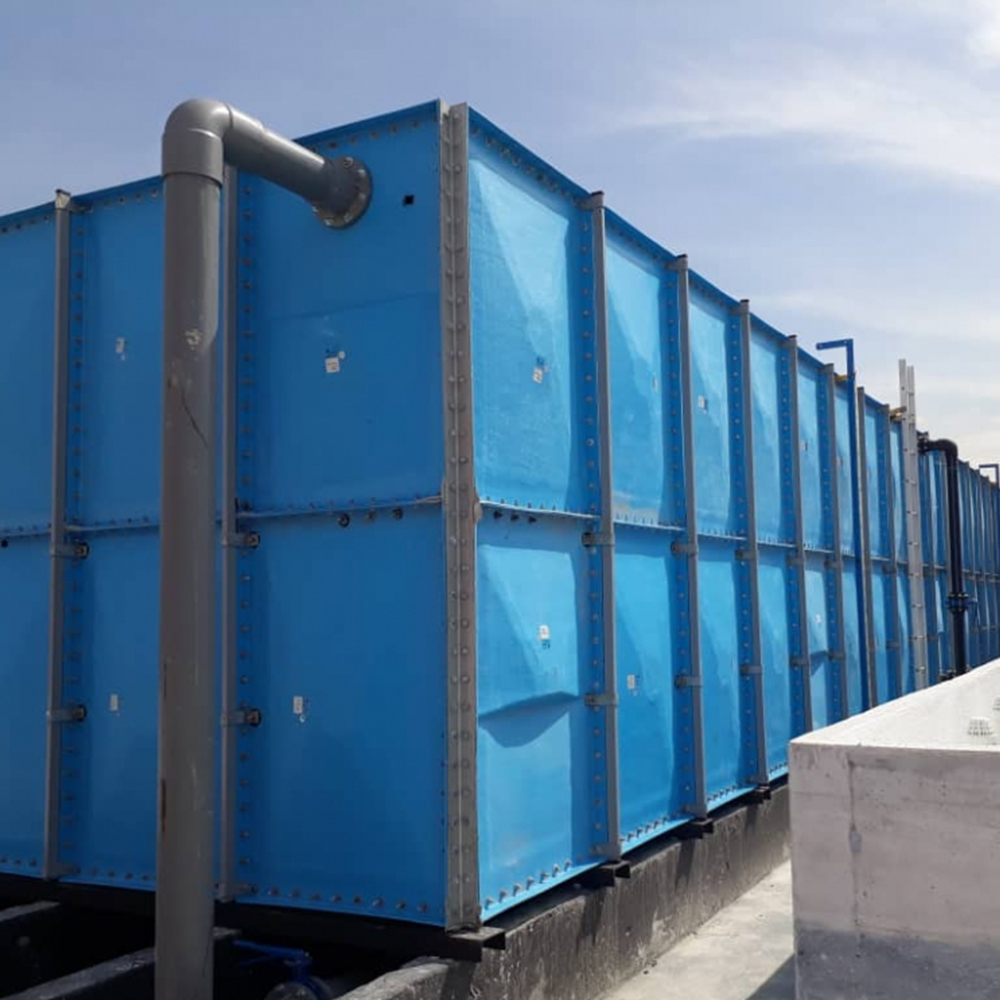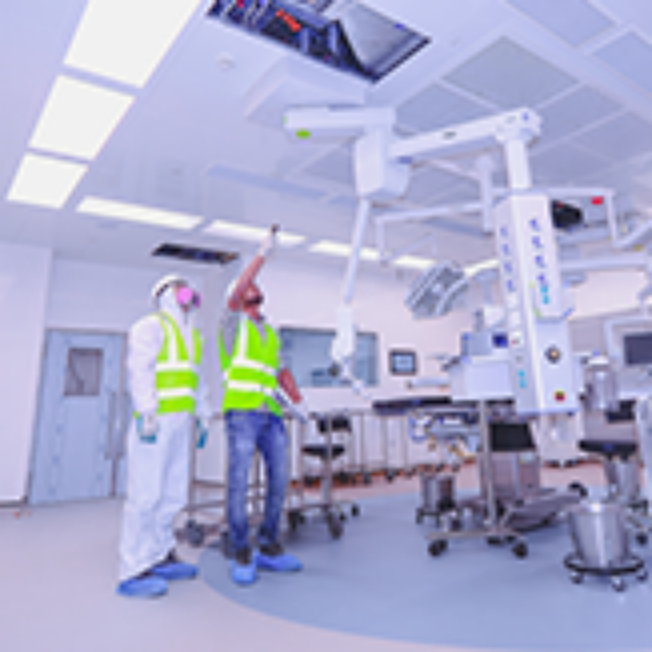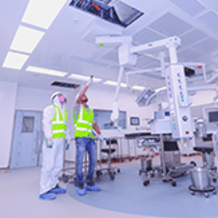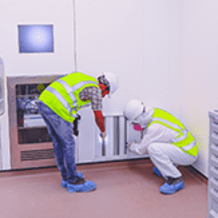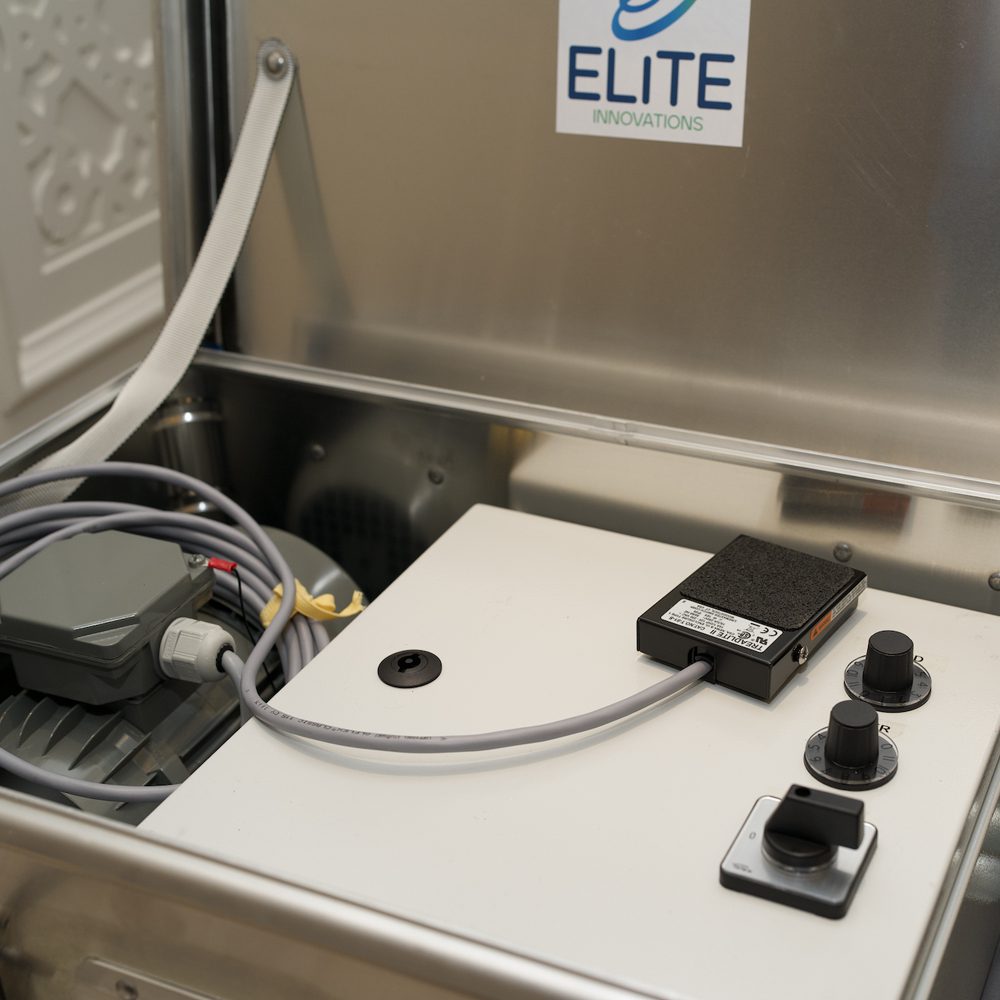
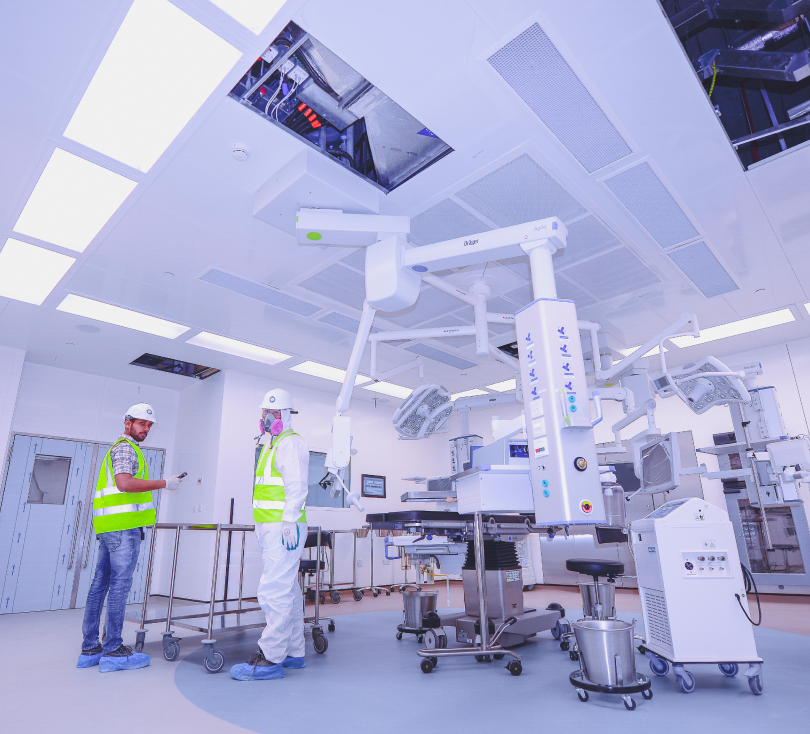
OVERVIEW
AC Duct Cleaning In Dubai
In hospitals, airborne infections can disseminate through compromised ventilation systems, which may occur due to contamination, malfunction, or during construction activities. These pathogens persist in the air, dust, and moisture that is common in medical settings. As these pathogens accumulate, HVAC systems become a breeding ground for environmental fungi and bacteria. Such bacteria can spread and increase the risk of infection associated with nosocomial diseases and tuberculosis, thus endangering both patients and healthcare workers.
Ensuring the circulation of clean, filtered air is paramount to sustain high air quality and avert the transmission of airborne diseases in healthcare facilities. Elite Innovation’s healthcare duct cleaning services are vital in achieving this, using advanced techniques to maintain HVAC hygiene and protect facility occupants.








Reviews


Benefits Of Healthcare
Duct Cleaning
-

Improved Sleep
Quality -

Easier Breathing
-

Allergy & Asthma
Relief -

Improved Sleep
Quality
FAQS
Cleaning HVAC systems enhances indoor air quality, reducing allergens and respiratory irritants to support overall health and well-being.
Residential HVAC systems should be cleaned every 1-5 years, depending on usage, allergies in residents, and presence of pets.
HVAC system cleaning can reduce allergens and pollutants, improving respiratory health and overall air quality in your home.
Antimicrobial chemicals are used in HVAC systems to inhibit the growth of bacteria, mold, and mildew, improving air quality and system efficiency.
How Often Should You Schedule AC Duct Cleaning in Dubai?
Every 2 to 5 years. Regular AC duct cleaning in Dubai helps maintain air quality and system efficiency.
For professional branding services Dubai or website making services in Dubai, you can also check out Bullseye GCC — a trusted digital and maintenance service provider.

